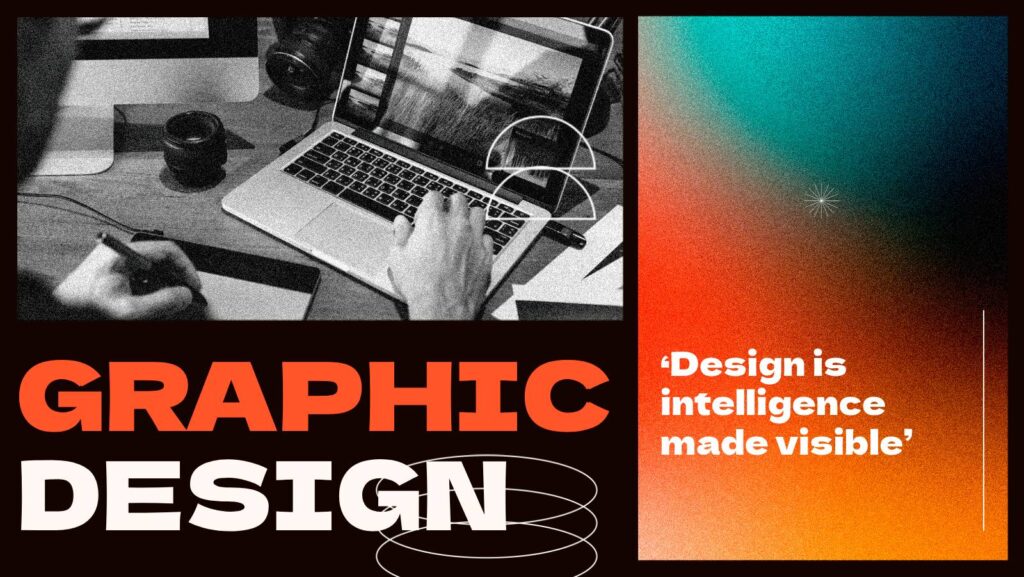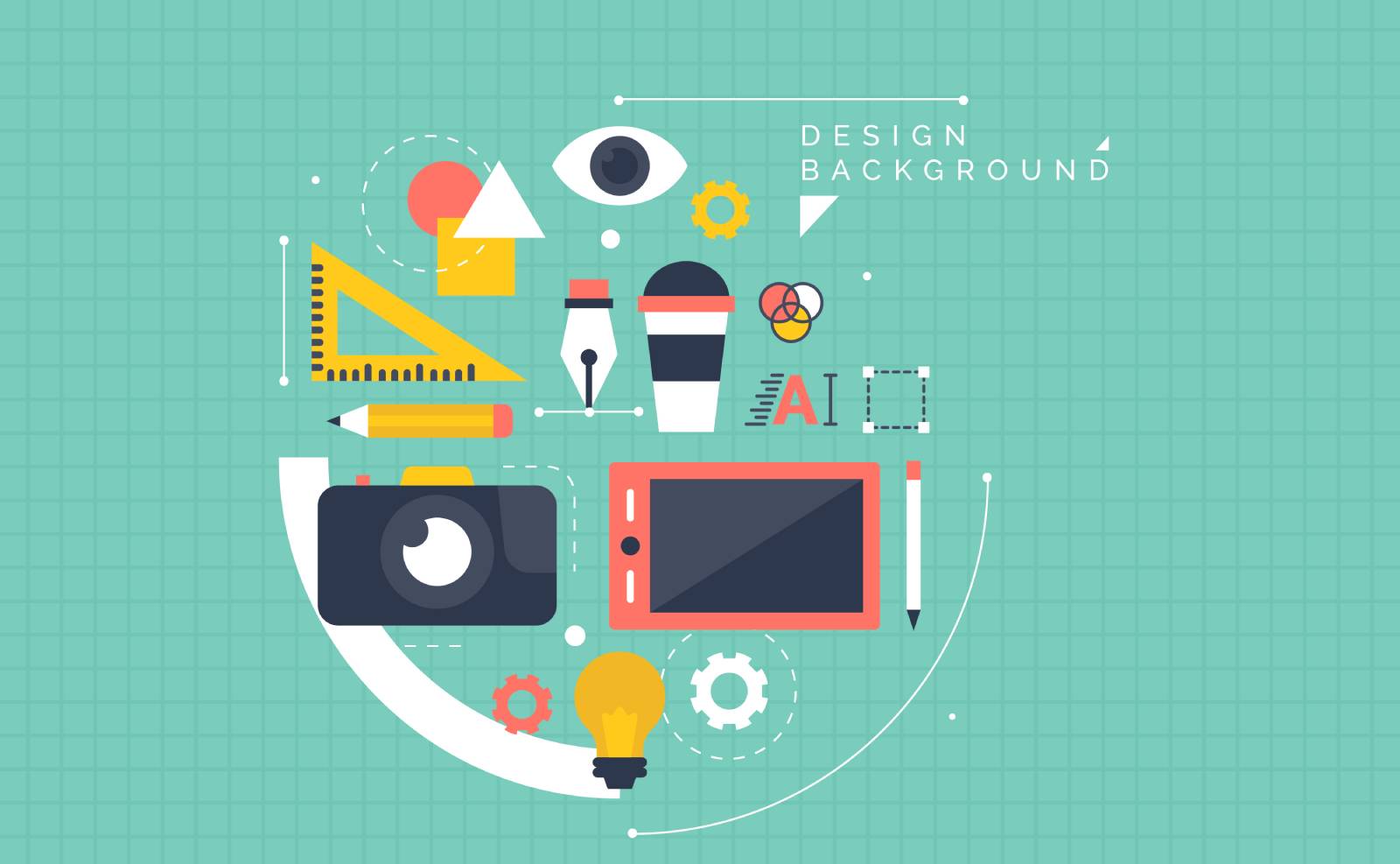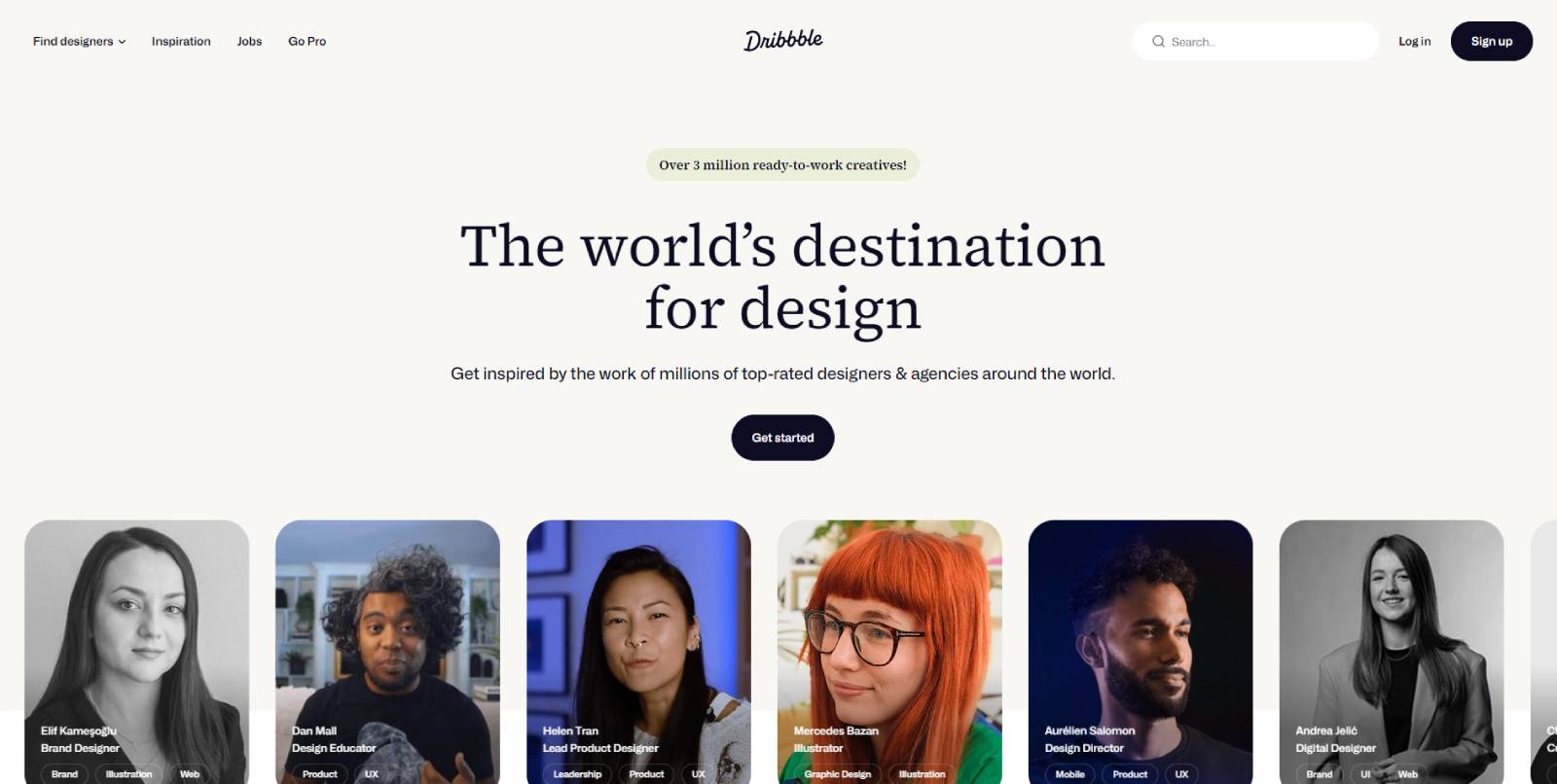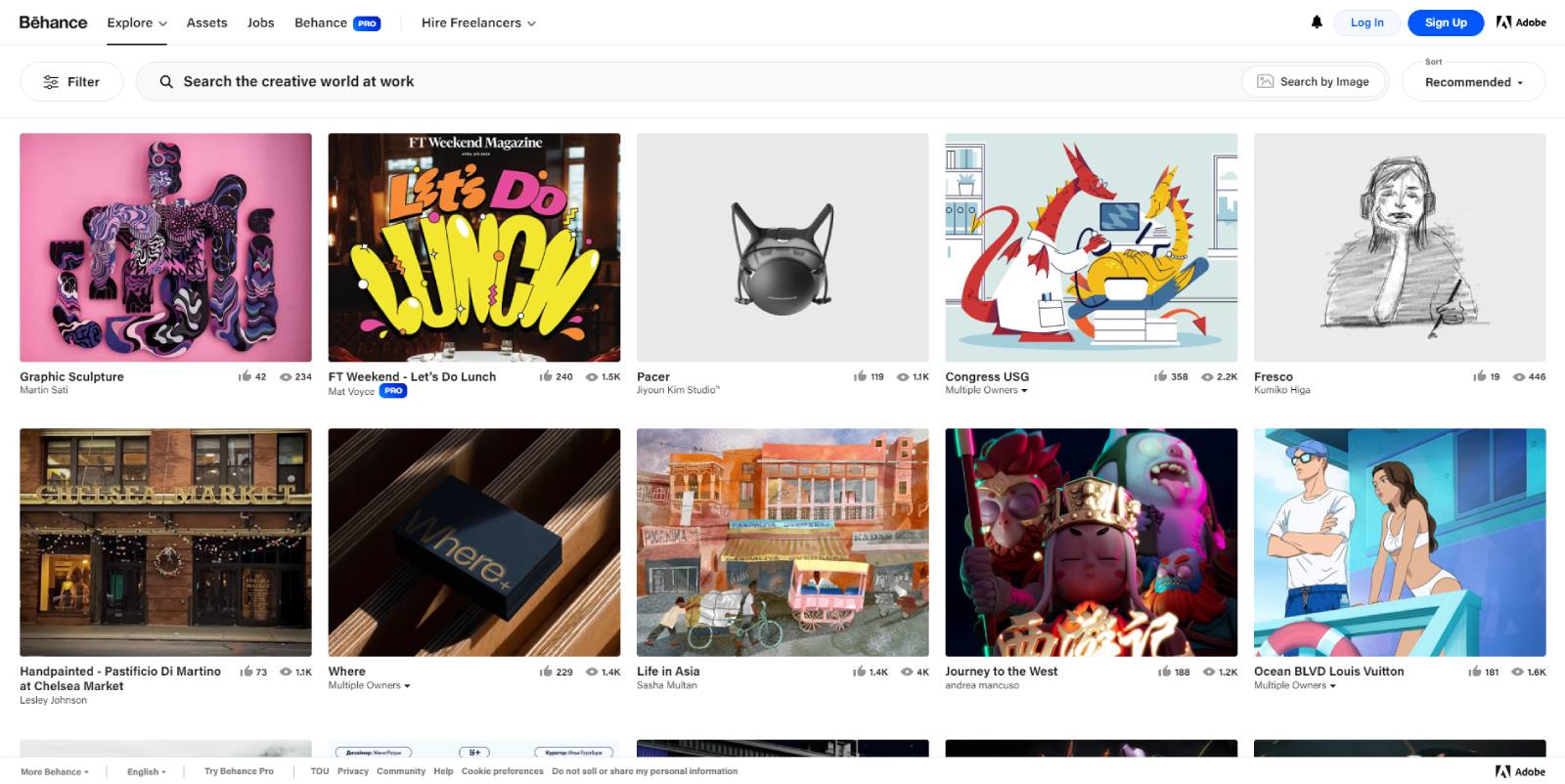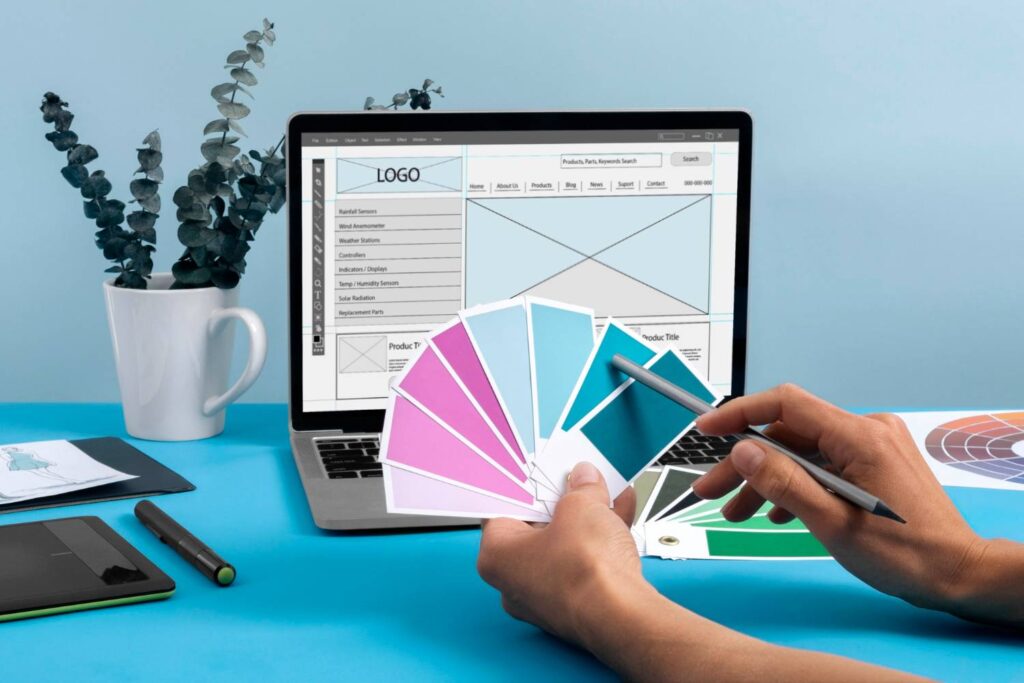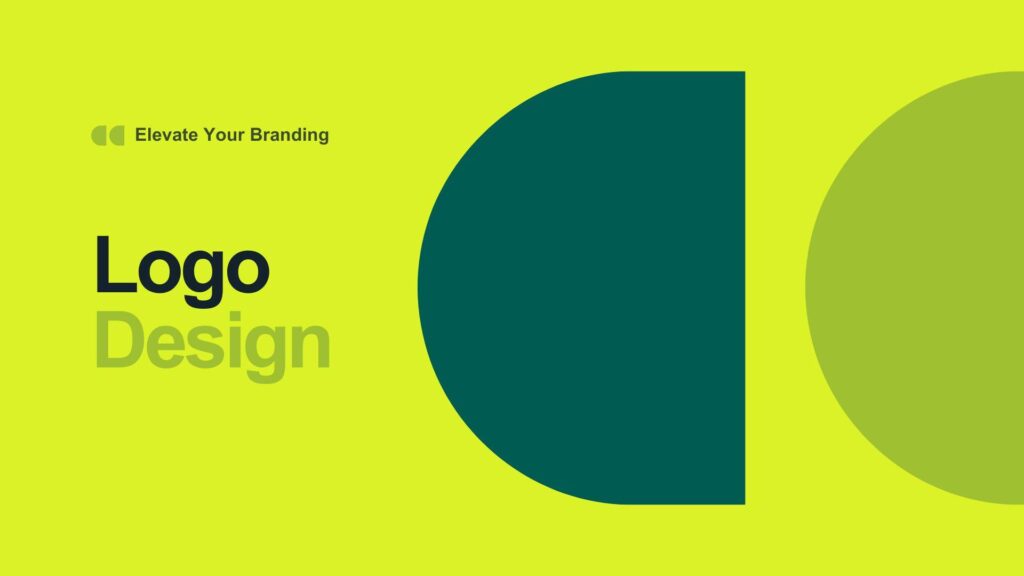The Seven Essential Elements of Graphic Design
Mastering the fundamentals of graphic design is vital for anyone entering this field. The seven key elements you should focus on are:
- Line: Lines define shapes and create structure in design.
- Shape: Shapes can be geometric or organic and are essential in creating compositions.
- Color: Understanding color theory will help you convey emotions and messages effectively.
- Texture: Texture adds depth and interest to designs.
- Type: Typography is crucial for readability and aesthetic appeal.
- Space: Proper use of space, including negative space, can enhance the overall design.
- Image: Images play a pivotal role in visual storytelling.
These elements are not just theoretical; they must be implemented in your designs. Remember, while learning is important, applying your knowledge practically is where real growth occurs.
Exploring Different Fields of Graphic Design
Graphic design is not a one-size-fits-all discipline. There are various fields you can specialize in, including:
- Advertising Design: Creating compelling visuals for marketing campaigns.
- Packaging Design: Designing product packaging that attracts consumers.
- Web and User Interface Design: Focusing on creating user-friendly digital experiences.
- Print and Publication Design: Working on materials like brochures, magazines, and books.
- Lettering and Type Design: Crafting custom typography for various applications.
- Graphic Illustration: Creating illustrations for various media.
- Data Visualization and Infographic Design: Transforming complex data into visually appealing graphics.
Each field offers unique challenges and opportunities, so consider where your interests lie and what aligns with your skills.
Understanding Salary Expectations
Graphic design salaries can vary widely based on the specific field, experience, and location. In India, for instance, UI/UX designers often earn salaries comparable to software engineers. This misconception that graphic design is less lucrative is changing rapidly. Many graphic designers find freelancing to be a more profitable avenue than traditional employment.
Learning Graphic Design Skills
To become proficient in graphic design, you need to familiarize yourself with various software tools. Here are some essential programs:
- Figma: Great for UI/UX design and prototyping.
- Adobe Photoshop: Industry standard for photo editing and raster graphics.
- Adobe Illustrator: Ideal for vector graphics and illustrations.
- Adobe InDesign: Used for layout design in print and digital media.
- Canva: A user-friendly platform for creating graphics quickly.
- Sketch: Primarily used for web and mobile interface design.
- Photopea: A free online alternative to Photoshop.
While some of these programs require a subscription, others like Canva and Photopea offer free versions that are excellent for beginners.
Avoiding Common Mistakes
When starting, many amateur designers make critical mistakes that can hinder their progress. Here are a few to watch out for:
- Neglecting the importance of contrast and color harmony.
- Misunderstanding space and negative space, leading to cluttered designs.
- Choosing inappropriate fonts that do not align with the message or tone.
Understanding how each design choice affects the viewer’s perception is key to creating impactful graphics.
Building a Stellar Portfolio
Your portfolio is your most valuable asset as a graphic designer. It showcases your skills and creativity to potential clients. To create an impressive portfolio:
- Use platforms like Dribbble and Behance to display your work.
- Regularly update your portfolio with recent projects that highlight your best work.
- Include a variety of styles and types of work to demonstrate your versatility.
An outstanding portfolio can significantly increase your chances of landing clients or jobs.
Finding Clients as a Graphic Designer
Once you’ve built your skills and portfolio, it’s time to find clients. You can choose between traditional employment or freelancing. Here are some strategies to get started:
- Network on social media platforms like LinkedIn and Twitter.
- Attend industry events to meet potential clients and fellow designers.
- Apply for job openings on job boards and freelance platforms.
- Offer free demos to showcase your skills, but avoid working for free.
Freelancing platforms where you can find clients include:
Make sure to leverage these platforms to gain visibility and attract clients.
Seeking Inspiration
Inspiration is crucial in the creative field. To keep your creativity flowing:
Explore design platforms like Dribbble and Behance to see what other designer are creating. Follow design blogs and social media accounts that showcase innovative work. Engage with other designers to exchange ideas and feedback.
Staying inspired will help you develop your own style and refine your skills.
Conclusion
Becoming a successful graphic designer involves continuous learning and adaptation. As you progress in your career, consider expanding your knowledge to include brand strategy and business practices. Understanding how to create contracts, manage invoices, and track project progress will serve you well as you build your client base.
If you’re serious about pursuing graphic design, start building your network and working on projects that excite you. Remember, collaboration with other designers can lead to new opportunities and growth. Good luck!
FAQ
What software should I start with as a beginner graphic designer?
As a beginner, you can start with Canva for easy graphic creation. Adobe Photoshop and Illustrator are industry standards, but you can also use free alternatives like Photopea.
How important is a portfolio for a graphic designer?
A portfolio is essential as it showcases your skills and creativity to potential clients or employers. It is often the deciding factor in whether you get hired or win a project.
How can I find clients as a graphic designer?
You can find clients through networking on social media, job boards, and freelance platforms. Attend industry events and engage with potential clients to build relationships.
What are the common mistakes to avoid in graphic design?
Common mistakes include neglecting contrast and color harmony, misunderstanding space, and using inappropriate fonts. Understanding design principles is crucial for creating effective graphics.
Is freelancing more profitable than a traditional graphic design job?
Many graphic designers find freelancing to be more profitable than traditional jobs, as it allows for flexibility and the potential to take on multiple clients simultaneously.
